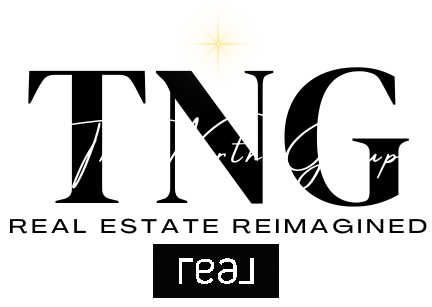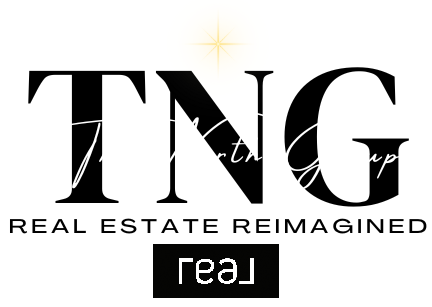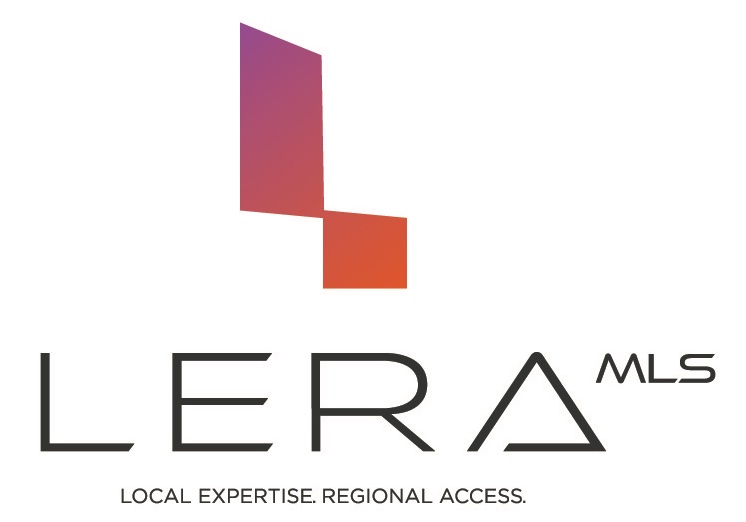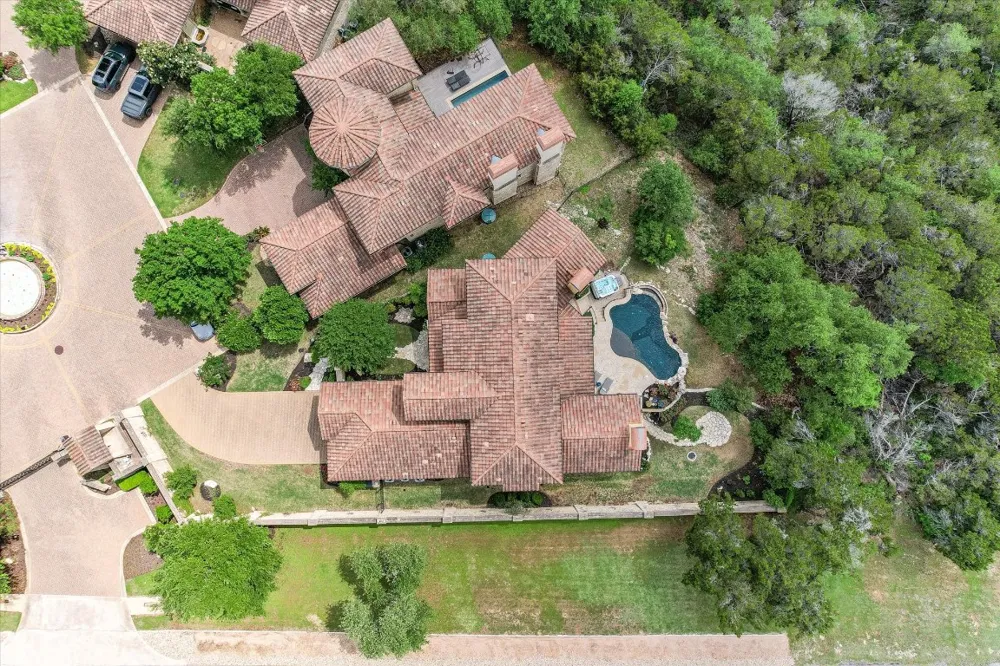Austin continues to lead Texas in blending technology, sustainability, and modern living, and in 2025 smart home communities are becoming a defining feature of its residential markets. As homebuyers grow more conscious of energy use, connectivity, and long-term value, these communities are evolving rapidly. Below are the key trends, what to watch out for, and what buyers in Austin should know.
What Is a Smart Home Community in Austin
A smart home community is more than just homes outfitted with Wi-Fi-enabled devices. These communities integrate infrastructure, design, and amenities to make life more efficient, comfortable, and sustainable. For example, in Austin many new neighborhoods are offering features like solar panels, whole-home automation (for lights, HVAC, security), energy management systems, and better internet connectivity so that devices—both large and small—can communicate seamlessly.
Top Trends to Watch in 2025
First, sustainability and eco-friendly design have become non-negotiable features. Builders are using local and natural materials, emphasizing passive cooling, high performance insulation, solar readiness, and landscaping designed to use less water.
Second, flexible living spaces are on the rise. As more people work from home or require multifunctional rooms, floor plans that adapt are becoming popular: sliding walls, rooms that shift from office to guest space, zones that can flex depending on needs.
Third, smart home tech integrationis evolving from add-on luxuries to baseline amenities. Voice control, app-based control of systems, whole-home health monitoring (air/water quality), robust security systems, and energy management are now expected in many smart communities.
Fourth, community infrastructure and amenities are key differentiators: better connectivity (wired or fiber internet), walking trails, shared spaces, parks, mixed-use centers, transit accessibility, and sometimes geothermal or shared energy networks reduce both environmental footprint and resident costs. Whisper Valley, for example, is being developed with those traits.
What Buyers Should Check Before Choosing a Smart Home Community
When you’re considering buying into a smart home community in Austin, make sure to double check several things. First, confirm whether the home is pre-wired for smart devices: neutral wires at switch boxes, sufficient electrical panel capacity (many older homes have 100A panels which may not be enough), hard-wired access points for reliable Wi-Fi, among others. Retrofitting can be costly.
Second, evaluate energy and heating/cooling systems: is there solar, geothermal, or other renewable energy support? What are the expected savings vs. upfront costs? Whisper Valley illustrates both the promise (very low utility bills in some homes) and the trade-offs (higher initial cost for geothermal system installation).
Third, look into the long term costs of smart systems: maintenance, software/hardware updates, security of connected systems, warranties. Because more connectivity means more potential points of failure, it’s important the community and builder have good support and reliable components.
Fourth, check community policies and incentives. Austin’s SMART Housing program and other incentive/bonus programs may offer benefits for developments that include affordable housing, meet green building standards, or are near transit. These can affect cost, zoning, and long-term value.
Examples of Communities & Builders to Know
Some of the most talked about communities in Austin in 2025 include:
- Whisper Valley in Manor: Eco-conscious, solar and geothermal enabled, large scale with parks and infrastructure built in.
- Easton Park (Southeast Austin): Modern design, amenity-rich, trail systems, community gathering spaces.
- Provence in Bee Cave / West Austin: Luxury finishes, strong resale potential, upscale community amenities.
Builders and architectural firms such as Rivendale Homes, Jenkins Design Build, and Levesque & Co are also pushing innovation in smart home design, combining luxury, sustainability, and flexible layouts.
Pros & Trade-Offs to Weigh
On the positive side, smart home communities can yield long-term savings (lower utility bills, better energy efficiency), enhanced comfort, better resale value, and stronger appeal in a market where buyers increasingly expect tech and sustainability features.
However, buyers should be aware of the trade-offs: higher upfront costs, complexity of maintenance, possible dependence on software/hardware providers, and sometimes zoning or HOA restrictions that limit what smart features you can change or add later.
Also, communities with advanced infrastructure (like geothermal or community-wide solar) may have higher dues or shared maintenance costs. Always compare these ongoing costs—not just the purchase price.
What’s Next & Future Trends
Looking ahead, Austin smart home communities are likely to get even more integrated. For instance, we can expect more district-scale energy systems, shared micro-grids, EV charging infrastructure as standard, more robust air/water quality monitoring, and perhaps smart city integrations (traffic, transit, public data dashboards) that tie into community living.
Also, affordability will be a growing focus: making sure that smart features aren’t just for luxury—more developments will aim to include sustainable, connected amenities in mid-range and affordable housing. Incentive programs and policy shifts will be crucial in pushing that.
Conclusion
In 2025, Austin’s smart home communities offer some of the most exciting opportunities in real estate: homes and neighborhoods that are not only stylish and comfortable but built for efficiency, sustainability, and the tech-enabled lifestyle. Buyers who stay informed about infrastructure, costs, trade-offs, and builder reputation will get the best mix of long-term value and modern living. Whether you’re a first-time buyer, move-up buyer, or planning long term, smart communities are where the market is heading—and Austin appears well set to lead.
Thinking about making the move to one of Austin’s smart home communities? Our team at the True North Group is here to guide you through every step—from finding the right neighborhood to connecting you with trusted builders and lenders. Schedule a consultation with us today and take the first step toward your future in a smarter, greener Austin home.





